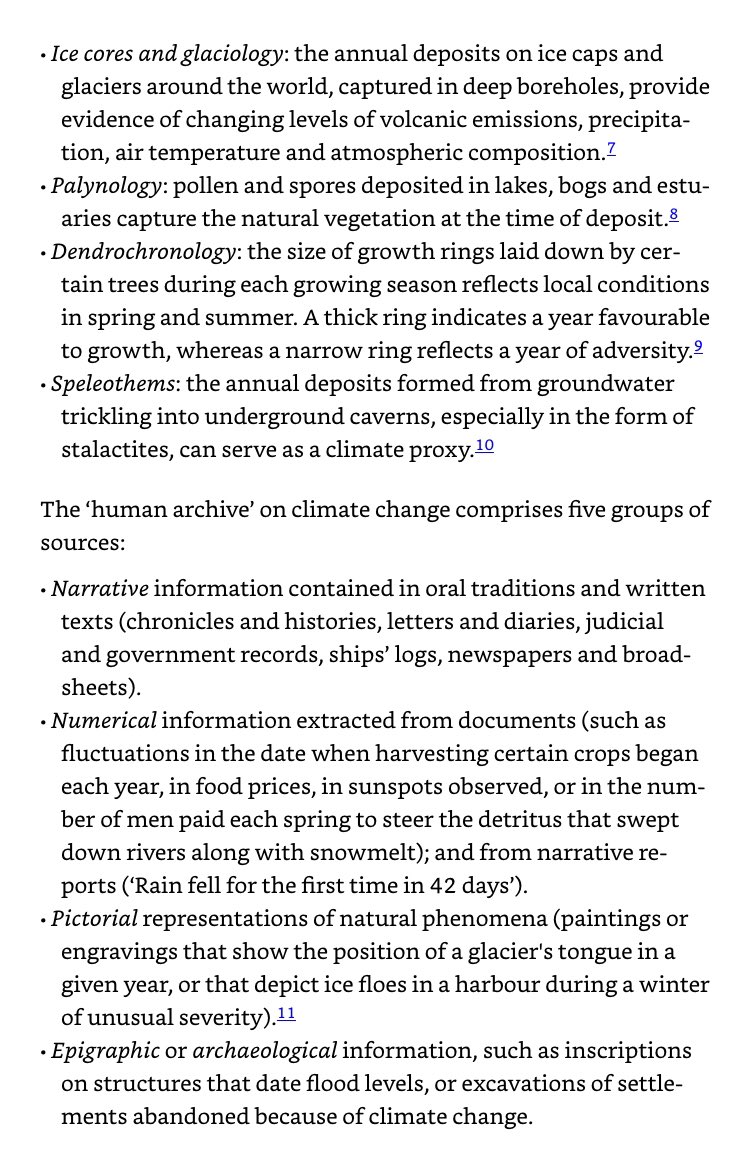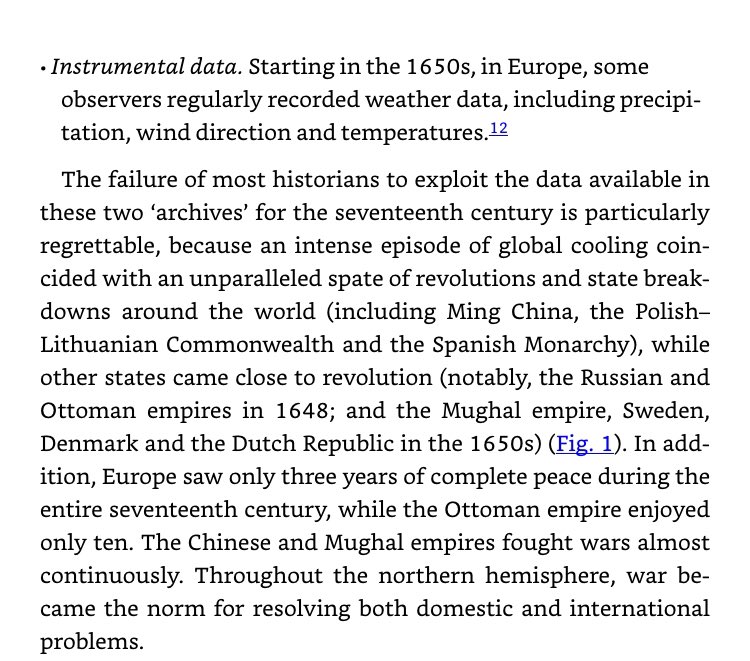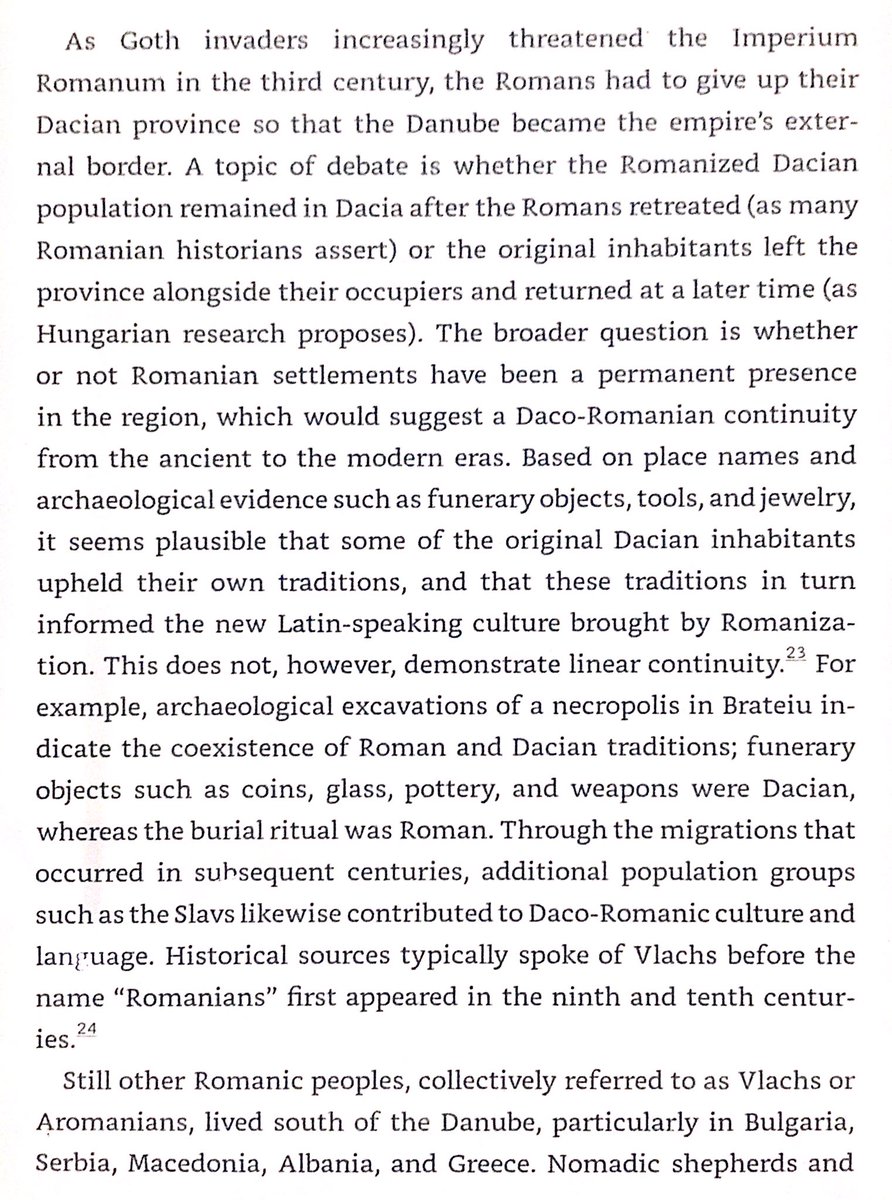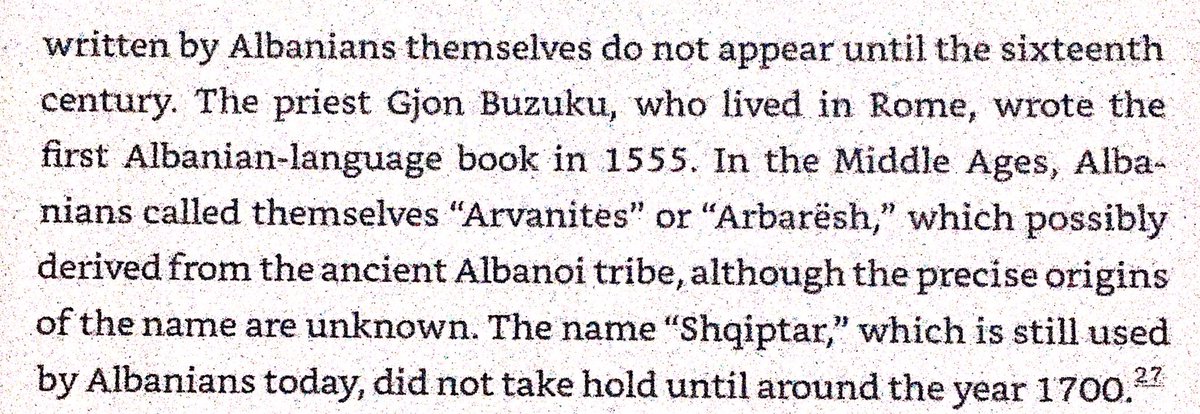
Middle Stone Age was believed to have begun 280,000 BC and ended 50,000 BC in Africa, when it transitioned to Late Stone Age. However, some Middle Stone Age groups remained in West Africa as late as 9,000 BC - shortly before they were replaced by Late Stone Age pottery makers. 







Replacement of Middle Stone Age cultures by Late Stone Age cultures in West Africa associated with spread of forests in 13,000 BC. Groups with very different genetics & technology levels lived close to each other in different ecologies. nature.com/articles/s4159… 

Middle Stone Age cultures survived in Morocco until at least 25,000 BC sciencedirect.com/science/articl… 

Overlap of Late Stone Age and Middle Stone Age technology in South Africa 40,000-20,000 BC. Author chalks it up to access to materials rather than migration & tech diffusion researchgate.net/profile/Peter_…
Should not be assumed that Middle Stone Age sites are necessarily human
https://twitter.com/johnhawks/status/1355732482981769217
Set of guesses for dating of archaic admixture into West Africa - mean year is around 50,000 BC, though could be as late as last 10,000 years
https://twitter.com/Peter_Nimitz/status/1266180326440624129
• • •
Missing some Tweet in this thread? You can try to
force a refresh



























